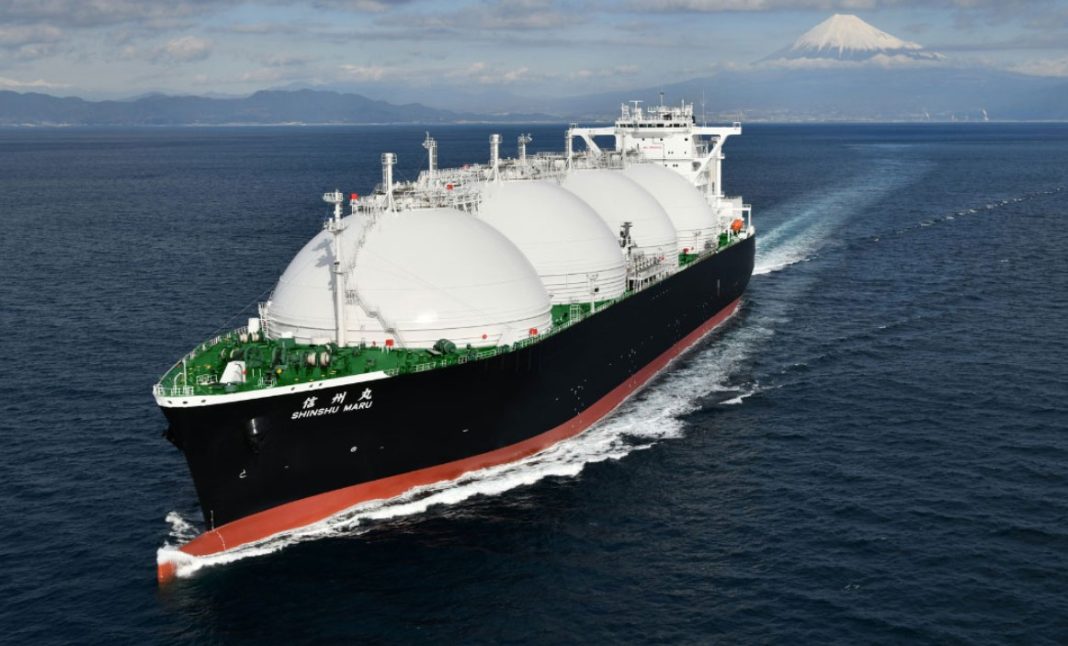Japan’s power firm and LNG player, Jera, plans to invest 1-2 trillion yen ($6.47-$12.96 billion) in its liquefied natural gas business by fiscal 2035.
Jera unveiled on Thursday its new growth strategy over the next decade that integrates strategic business pillars and organizational edge.
The joint venture of Tokyo Electric and Chubu Electric strategically emphasizes three key business pillars: LNG, renewables, and hydrogen and ammonia.
Jera targets more than 35 million tons of LNG transaction volume, aims to achieve 20 GW (gigawatts) of renewable capacity, and targets about 7 million tons of hydrogen and ammonia handling volume by fiscal 2035.
It plans a total cash flow investment of 5 trillion yen ($32.38 billion) during over the next decade, or 1-2 trillion yen for each pillar with a built-in flexibility to make allocation changes between the three business areas if deemed suitable in case of external changes, it said.
Slashing emissions
Jera also aims to reduce its CO2 emissions intensity by 20 percent as of 2030, total CO2 emissions by 60 percent as of fiscal 2035 before achieving zero CO2 emissions from its domestic and overseas operations as of 2050.
To achieve these targets, Jera said it will phase out inefficient coal-fired thermal power by fiscal 2030.
Jera also intends to convert 100 percent of the other coal-fired power generation to ammonia by 2040’s, and eliminate coal completely.
Currently, Jera supplies one third of Japan’s electricity.
Japan is the second biggest LNG importer in the world after China.
One of world’s largest LNG players
Jera is one of the world’s largest LNG players with an integrated value chain, and it trades LNG via Singapore-based Jera Global Markets, a joint venture with France’s EDF in which Jera owns 66.67 percent.
According to Jera, it currently handles about 35 million tons of LNG and plans to boost this over 35 million tons by fiscal 2035.
The firm will continue to provide solutions to Japan and Asia and maintain its exposures in the global LNG market.
Jera said it buys LNG in S.E. Asia, Oceania, North America, Middle East, and sells it in S.E and S.W. Asia, Europe, etc.
The firm said its LNG value chain includes six gas fields in Australia, the Freeport LNG export terminal in the US in which it has a stake and offtakes volumes, 22 LNG carriers under long-term charters, 11 receiving terminals, and about 50 GW of capacity of gas thermal power.

